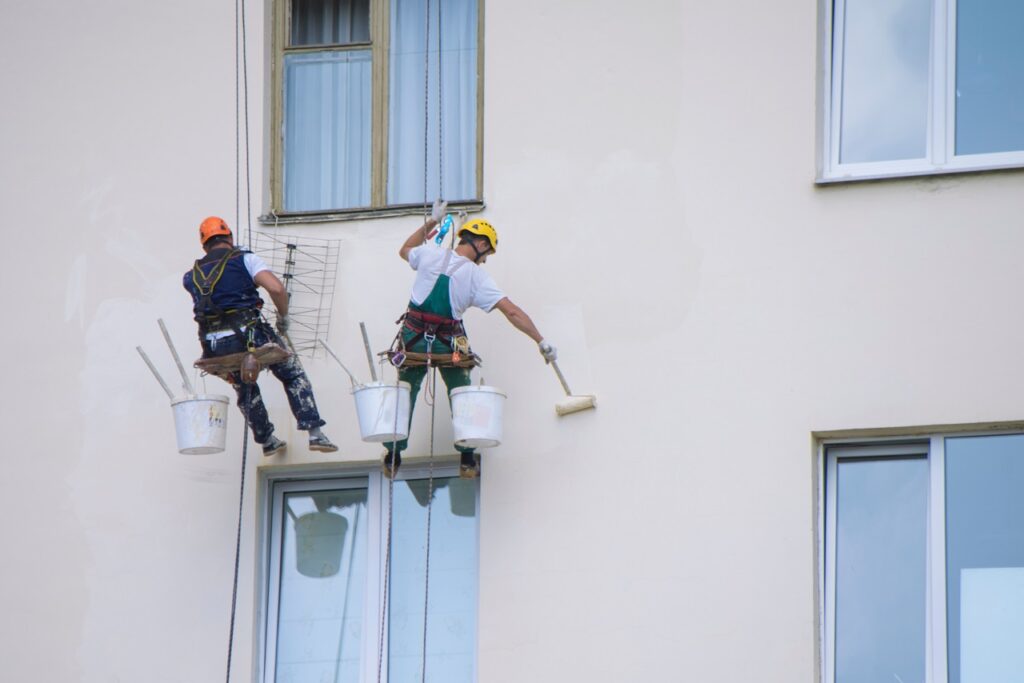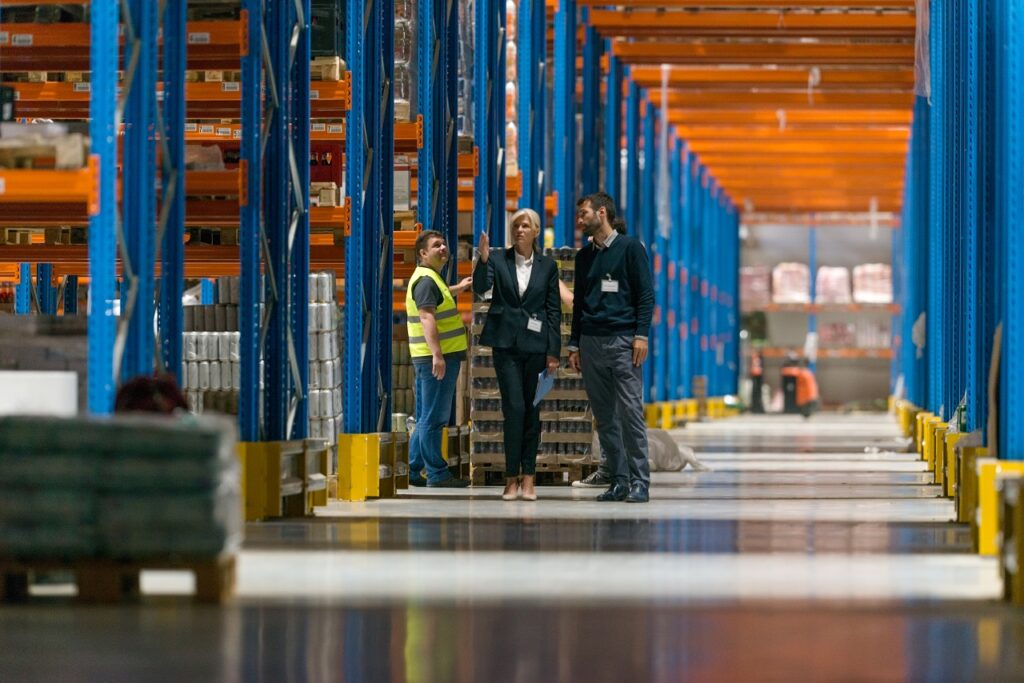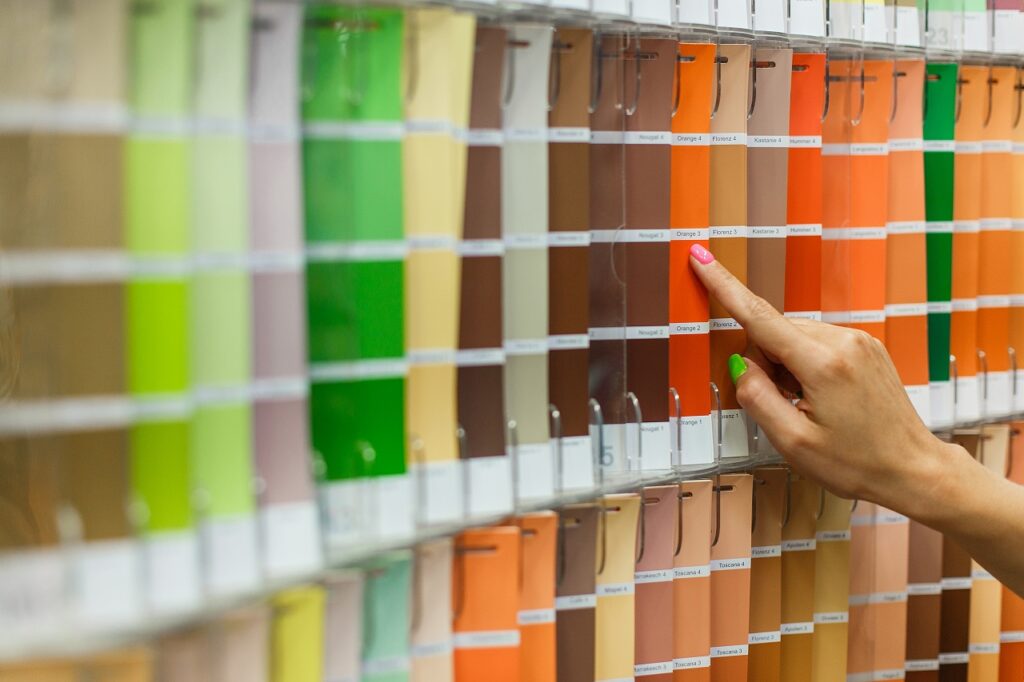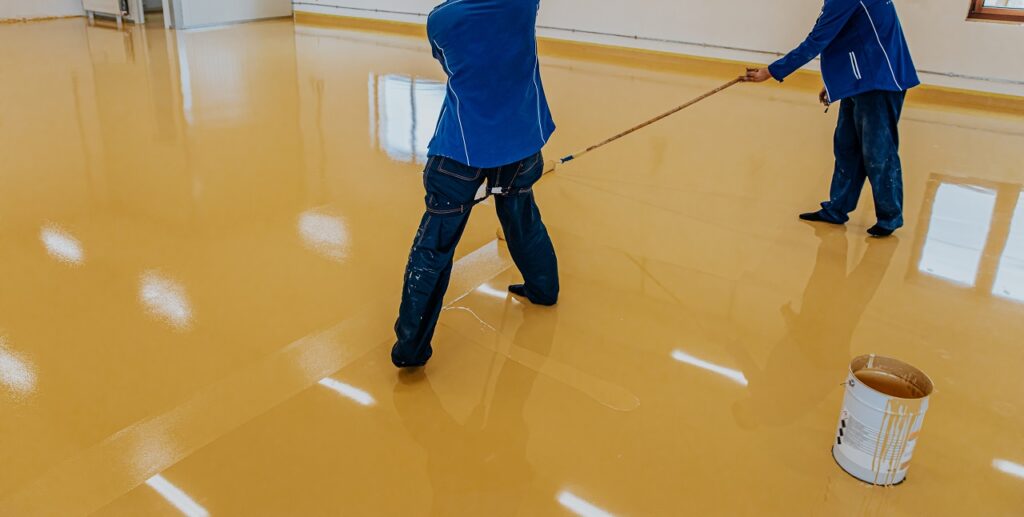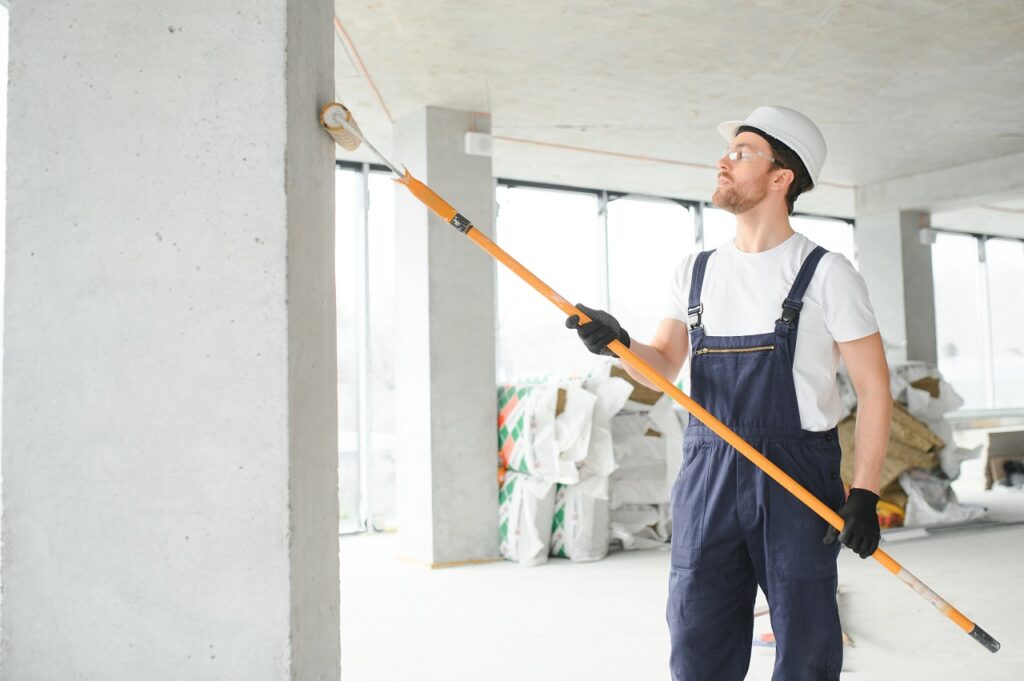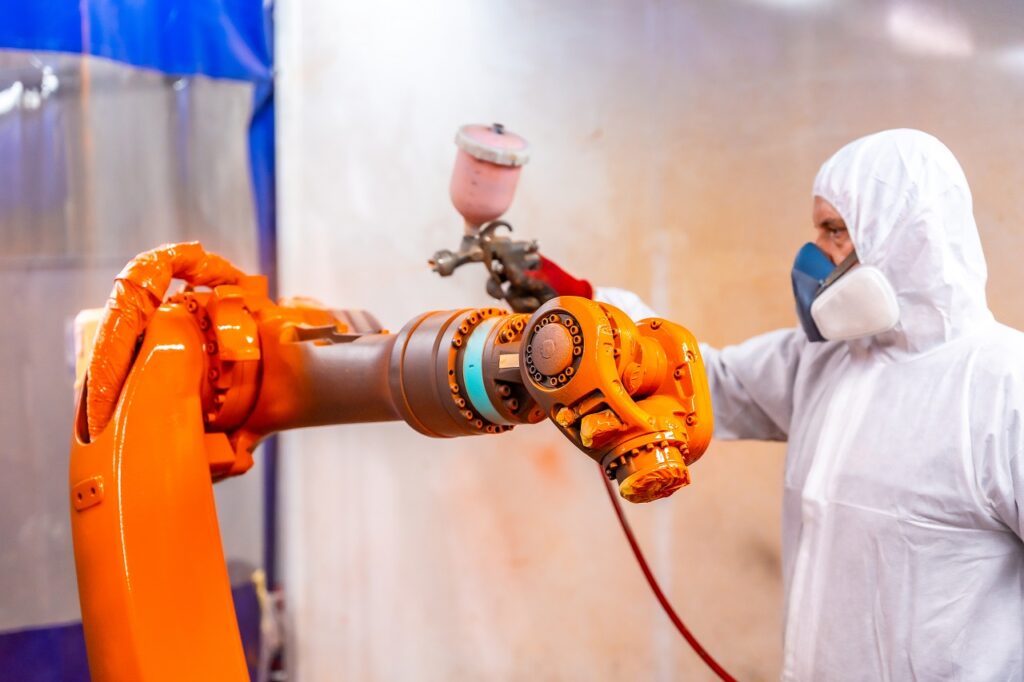Best Times for Commercial Painting Projects
When planning a commercial painting project, timing can significantly influence the outcome and longevity of your paint job. At our company, we understand that both internal and external factors play essential roles in scheduling and executing a painting project. Selecting the right time for your painting needs isn’t just about availability – it’s about optimizing every aspect to achieve the best possible results. Weather conditions greatly affect outdoor painting. Painting in the optimal weather can make the difference between a paint job that looks good for a few years and one that stands the test of decades. But it’s not just the exterior projects that need careful timing. Choosing when to undertake indoor painting projects is also crucial, impacting everything from the paint’s drying time to the safety of the environment for occupants. We’re here to guide you through planning your painting project with precision. Our expertise ensures that whether you choose to paint indoors or outdoors, the project is managed flawlessly from start to finish. Let us help you understand why the timing of your project is more critical than you think and how we can make your next commercial painting project a resounding success. Why Timing Matters for Commercial Painting Projects Choosing the right time for a commercial painting project is pivotal in achieving a durable and visually appealing finish. One of the most critical factors we consider is the impact of business operations. We strive to schedule your projects during off-peak hours or closed seasons to minimize disruption to your normal business activities. This strategic timing ensures that our team can work efficiently and safely without interfering with your daily operations or customer interactions. Another crucial aspect of timing is the overall project timeline, which involves drying and curing periods for the paints used. These stages are essential for achieving the best finish and longevity of the paint. By planning the project timeline carefully, we make sure each layer of paint has enough time to dry thoroughly, avoiding any potential issues such as smudging or peeling that can occur when layers are rushed. The Best Weather Conditions for Outdoor Painting Weather plays a critical role in the success of outdoor commercial painting projects. Ideal conditions for outdoor painting are typically found during dry, mild weather. High humidity and excessive moisture can significantly affect the application and drying of paint. That’s why we closely monitor weather forecasts to choose the best possible days for painting, ideally when humidity is below 50% and temperatures are between 50°F and 85°F. These conditions help ensure that the paint adheres properly and dries evenly, reducing the risk of streaks and blisters. Additionally, it is best to avoid painting in direct sunlight or extremely windy conditions. Direct sunlight can cause the paint to dry too quickly, which can lead to unevenness and visible brush strokes. Wind can carry dust and debris onto the wet paint, embedding impurities into your freshly painted surfaces. Our team carefully plans the project timing and positioning to counteract these issues, ensuring a smooth, professional finish to enhance your building’s appearance. Indoor Painting: Is There a Best Time of Year? While external factors predominantly influence outdoor painting schedules, indoor painting projects are more flexible, but they can still benefit from thoughtful timing. Opting to paint during less busy times for your business can be advantageous, allowing us to work more efficiently without disrupting your operations. Cooler months might be ideal, as they typically impact business traffic less and can facilitate easier ventilation throughout the space, which is vital for managing paint fumes and overall air quality. Additionally, scheduling indoor painting during periods when your HVAC system is not in heavy use can be beneficial. This consideration helps avoid circulating dust or debris that might adhere to wet paint. Cooler seasons can also accelerate the drying process due to lower humidity, ensuring the paint sets correctly and provides a smoother, cleaner finish. Planning Your Painting Project with Us Successfully planning and executing a commercial painting project requires detailed coordination and expert knowledge. Our team specializes in creating a seamless experience from the initial consultation to the final walkthrough. We start by understanding your vision and operational needs, then craft a project plan that aligns with your business’s schedule and budget considerations without compromising on quality. Our planners and technicians are skilled at navigating the complexities of both indoor and outdoor projects, ensuring that every aspect, from color selection to the final coat, is handled with precision. We respect your time and space, aiming to minimize disruption and maximize efficiency, all while delivering a high-quality finish that revitalizes your property’s look and feel. Final Thoughts on Indoor Painting Projects for 2025 Choosing the right time for your commercial painting project and planning effectively are crucial steps that can greatly influence the success and durability of your investment. By considering factors like business operations, weather conditions, and environmental impacts, we ensure that your painting project is set up for success. Whether it’s refreshing the exterior to attract more visitors or updating the interior to create a vibrant workspace, our attention to detail and commitment to quality stand out in the industry. Ready to transform your commercial space with a fresh coat of paint? Contact Procoat Painting Inc. today, and let’s make your business shine with a new look for 2024 with our expert commercial painting service.


